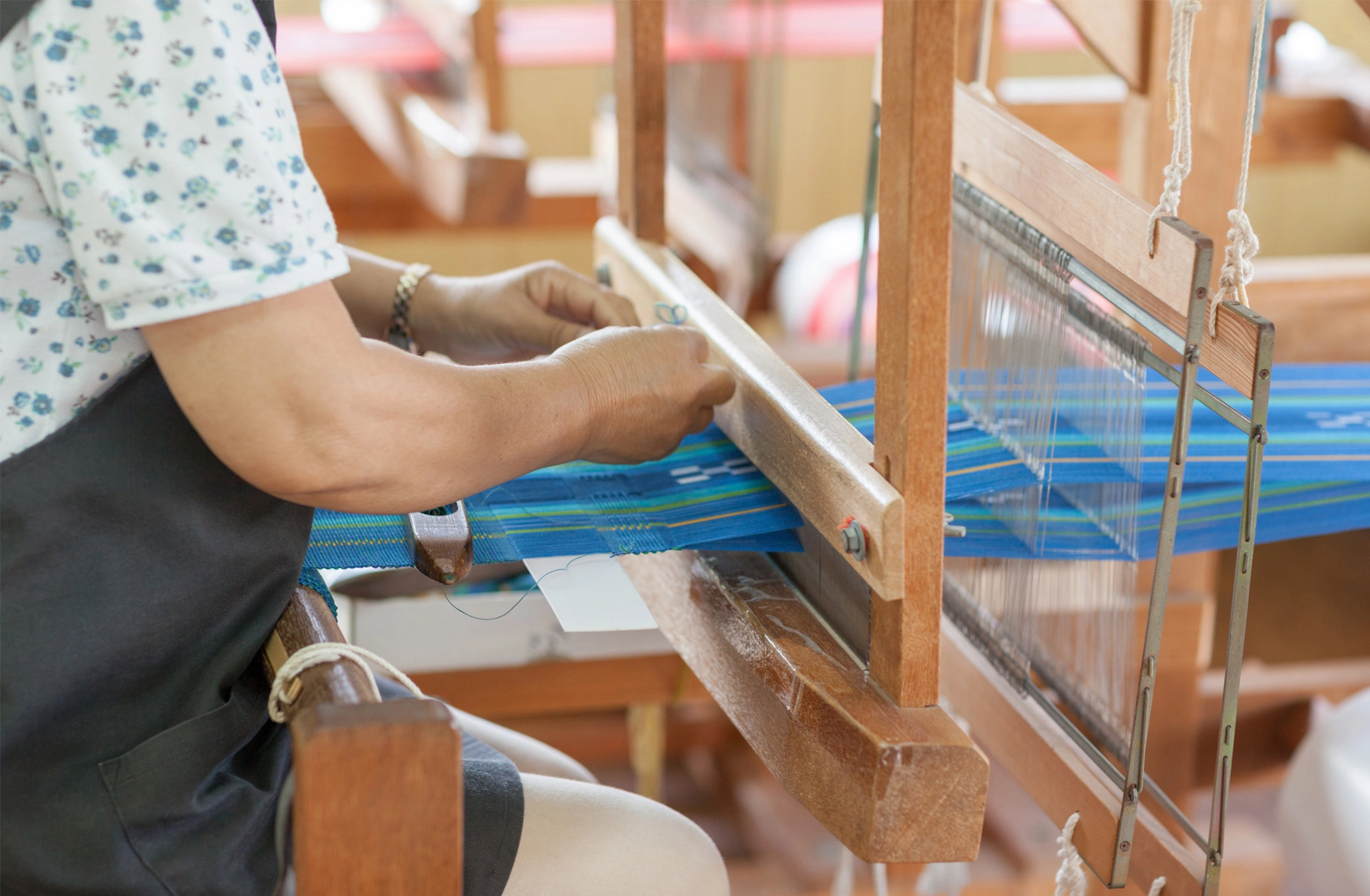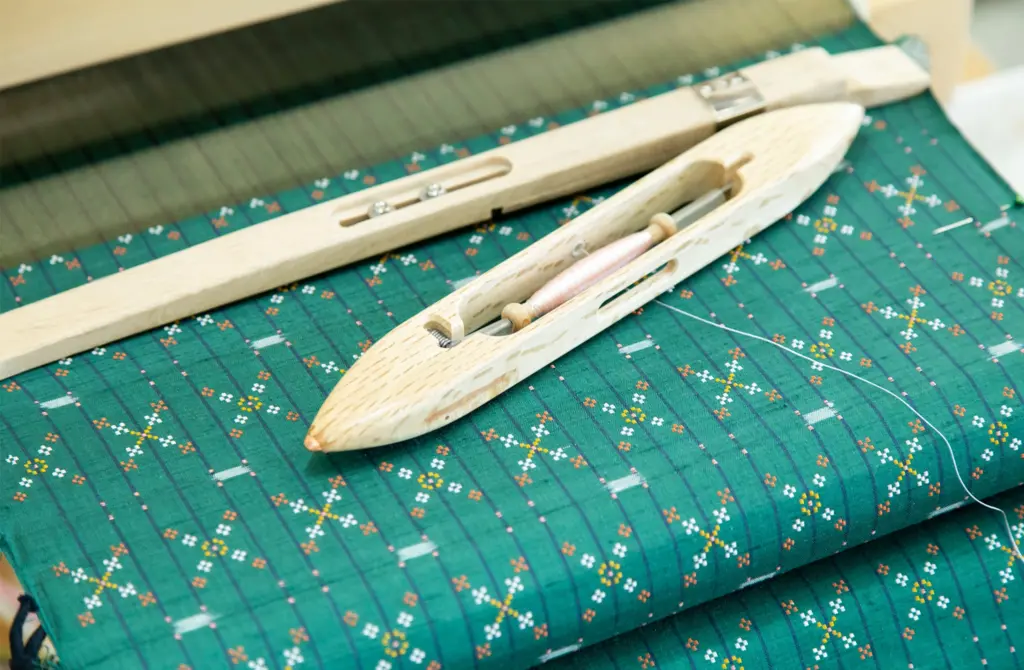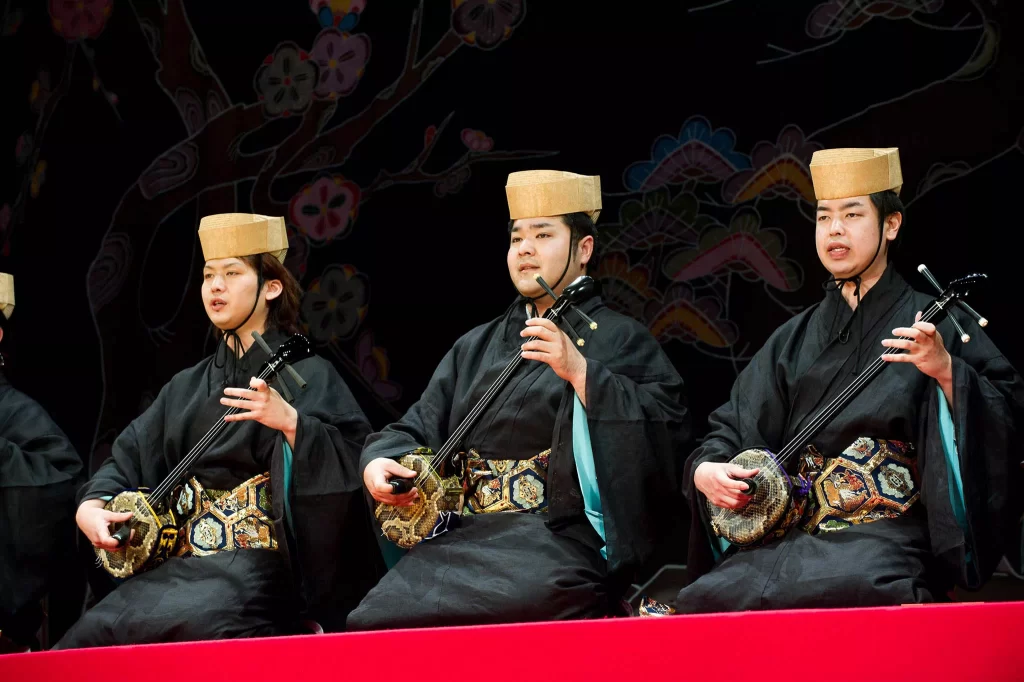Traditional Okinawan Arts
Discover centuries of traditional arts and culture
As the Ryukyu Kingdom, Okinawa flourished through trade with China, Japan, and other countries throughout Asia. Through this exchange, diverse influences merged with local traditions, shaping a unique culture found in its arts. These traditional art forms reflect centuries of creativity and offer visitors a hands-on connection to Okinawa’s rich heritage.
Yachimun
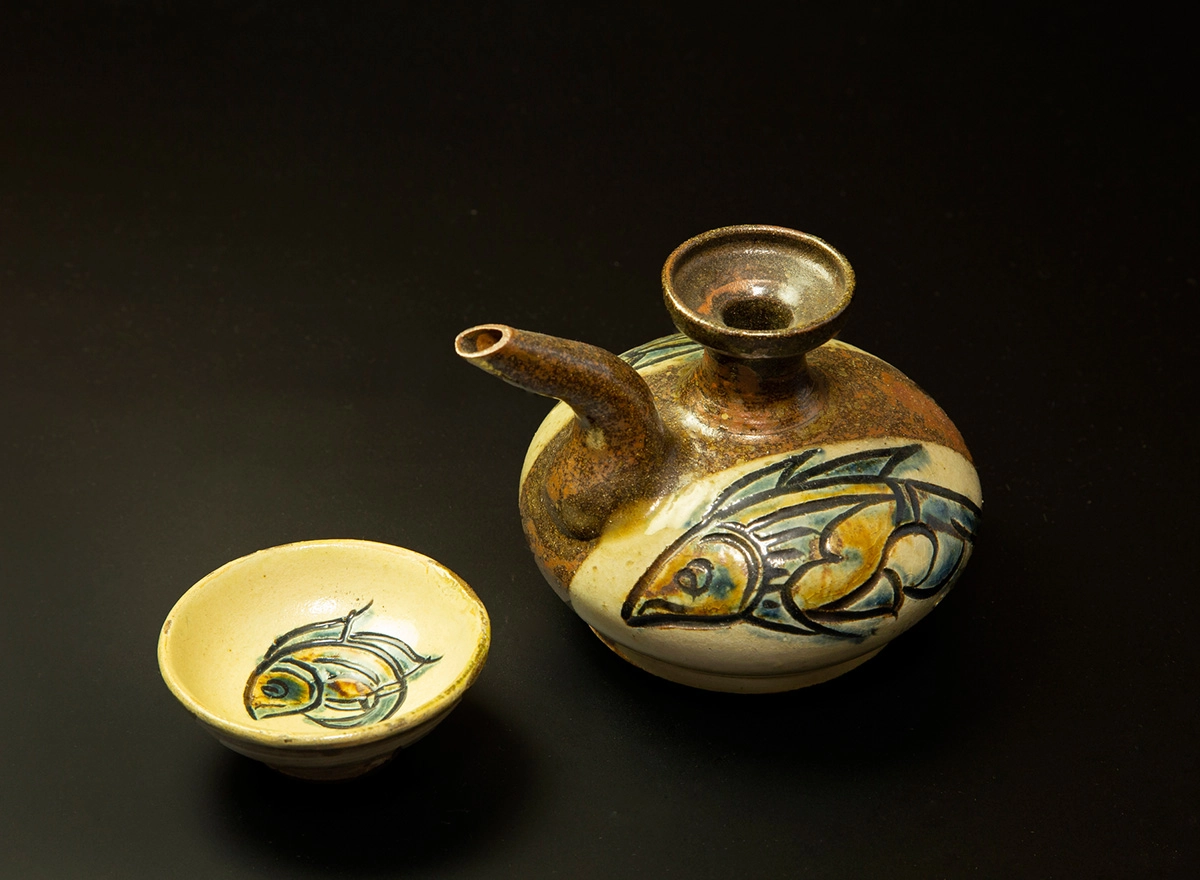
Okinawa’s traditional pottery, yachimun, blends influences and techniques from China, mainland Japan, and Korea. While yachimun was practiced in various regions throughout Okinawa, in 1682 pottery kilns were relocated to Tsuboya, in Naha, giving rise to Tsuboya ware (tsuboya-yaki), one of Okinawa’s most enduring styles of pottery.
Tsuboya ware is as practical as it is beautiful. It is made with regional clay, and can be divided into two broad categories: arayachi and joyachi. Arayachi pieces are rustic, unglazed works such as sake flasks and water jugs. Joyachi works are artfully glazed in bright colors, and range from casual tableware to works of art.
Although Tsuboya is still a hub for pottery, the yachimun tradition has spread further. In 1972 Jiro Kinjo, a potter honored as a Living National Treasure of Okinawa, opened a studio in Yomitan. With an abundance of high quality clay in the area, many artisans followed, and the Yachimun no Sato (Yomitan Pottery Village) was founded.
Ryukyu glass
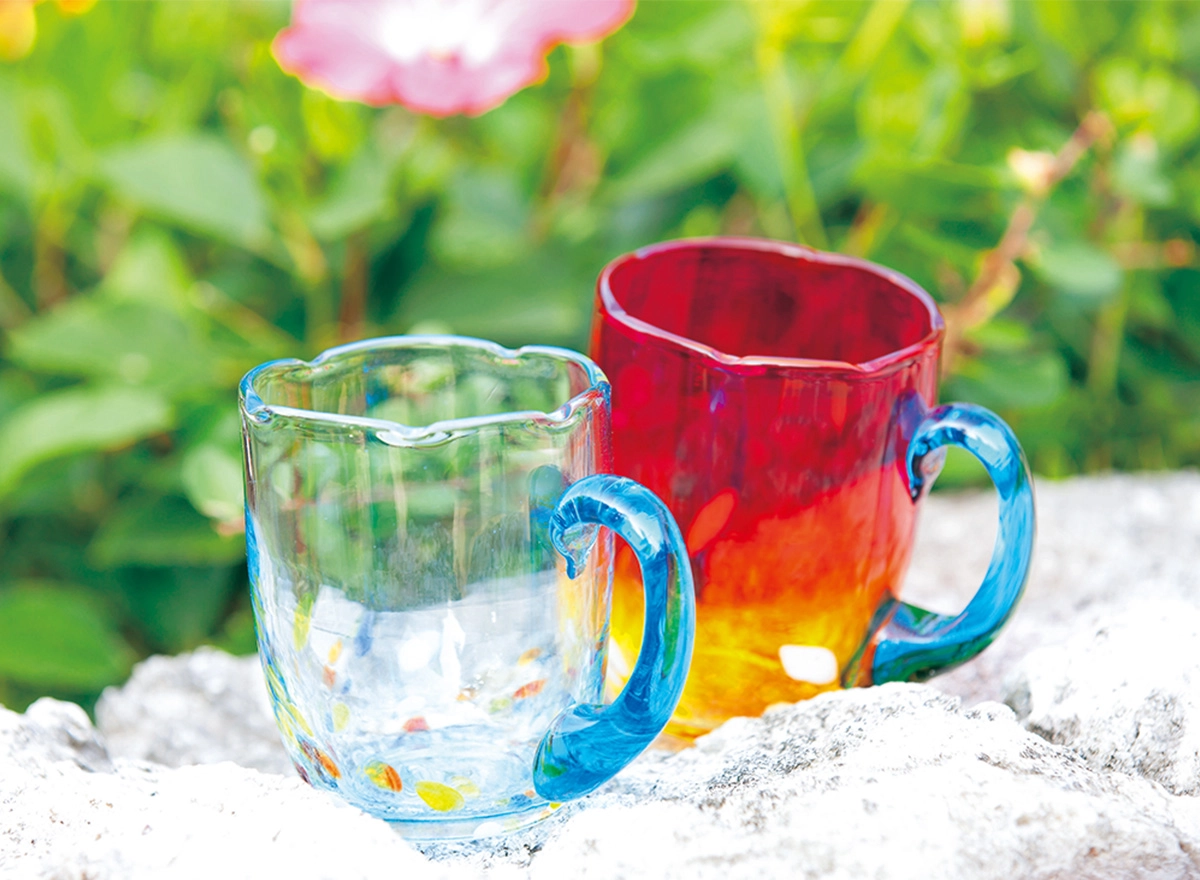
Ryukyu glassware is a traditional craft from Okinawa, known for its vibrant colors and unique textures, including blown glass and other handcrafted pieces. It features designs that carry the warmth of handcrafting.
Glass production in Okinawa began in the Meiji era (1868–1912), but the current style of Ryukyu glassware was established after World War II. In the aftermath of the war, due to a shortage of resources, craftsmen collected discarded glass bottles from U.S. military bases, melted them down, and reused the glass. By particularly utilizing colored glass bottles, they created the distinctive colorful texture that characterizes Ryukyu glassware.
Today, Ryukyu glassware is widely cherished as a symbol of Okinawan culture, ranging from everyday utensils to art pieces.
Dyed and woven textiles
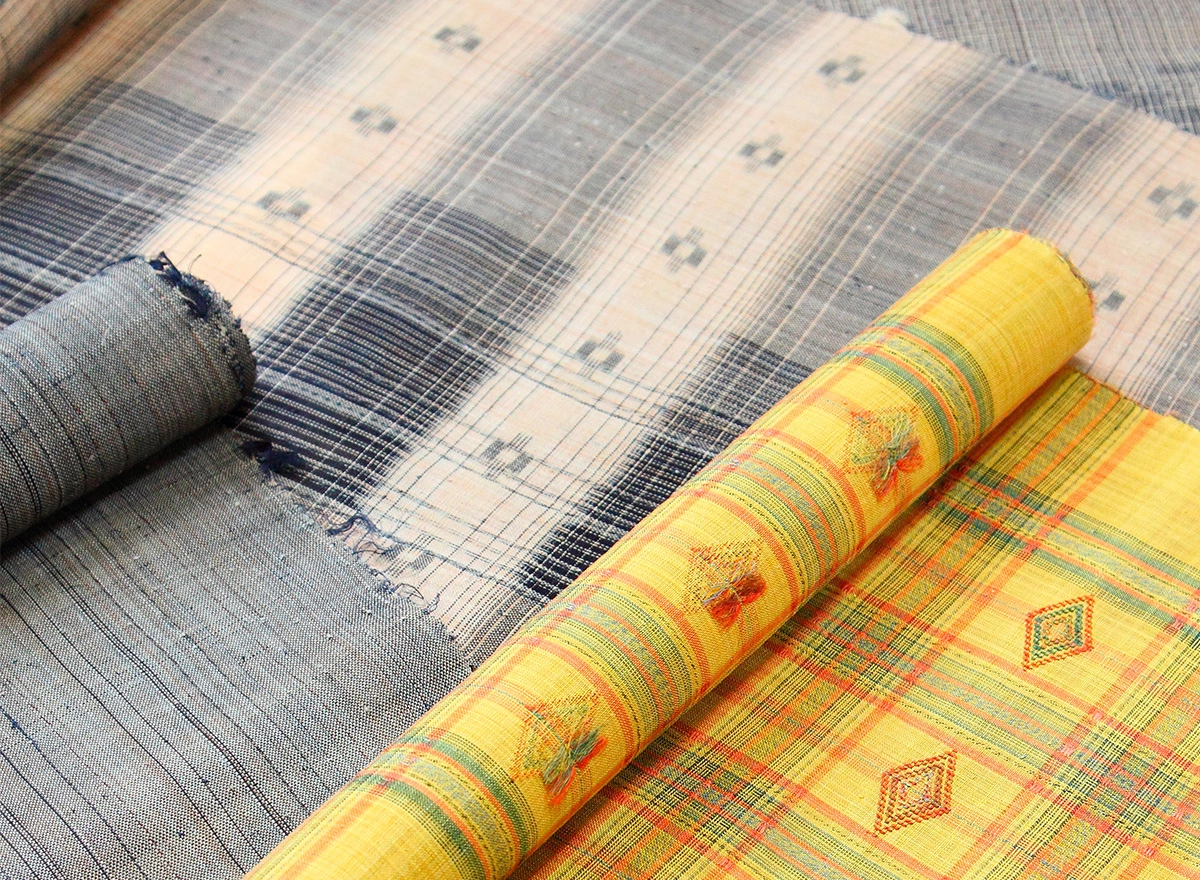
Okinawa boasts 16 nationally designated traditional crafts, 13 of which fall under the category of textiles, making it one of the regions in Japan with the most prominent textile culture.
Trade with China and other East Asian countries during the Ryukyu Kingdom introduced new techniques and materials that, when blended with the natural environment and the historical and cultural context of each region, gave rise to Okinawa’s richly varied dyed and woven textiles.
On the outlying islands, high-quality cloth were produced as tribute textiles to the royal government during the Ryukyu Kingdom period, as well as for gifts and trade. Additionally, the royal government sent the miezu (design chart), which depicted colors and patterns, to instruct craftsmen, who then honed their skills based on these guidelines. Such guidance greatly contributed to the development of Okinawa's diverse textile culture.
Click here to learn more about the 13 types of Okinawan dyed textiles passed down through generations.
13 Types of Okinawan Dyed and Woven Textiles
Sanshin
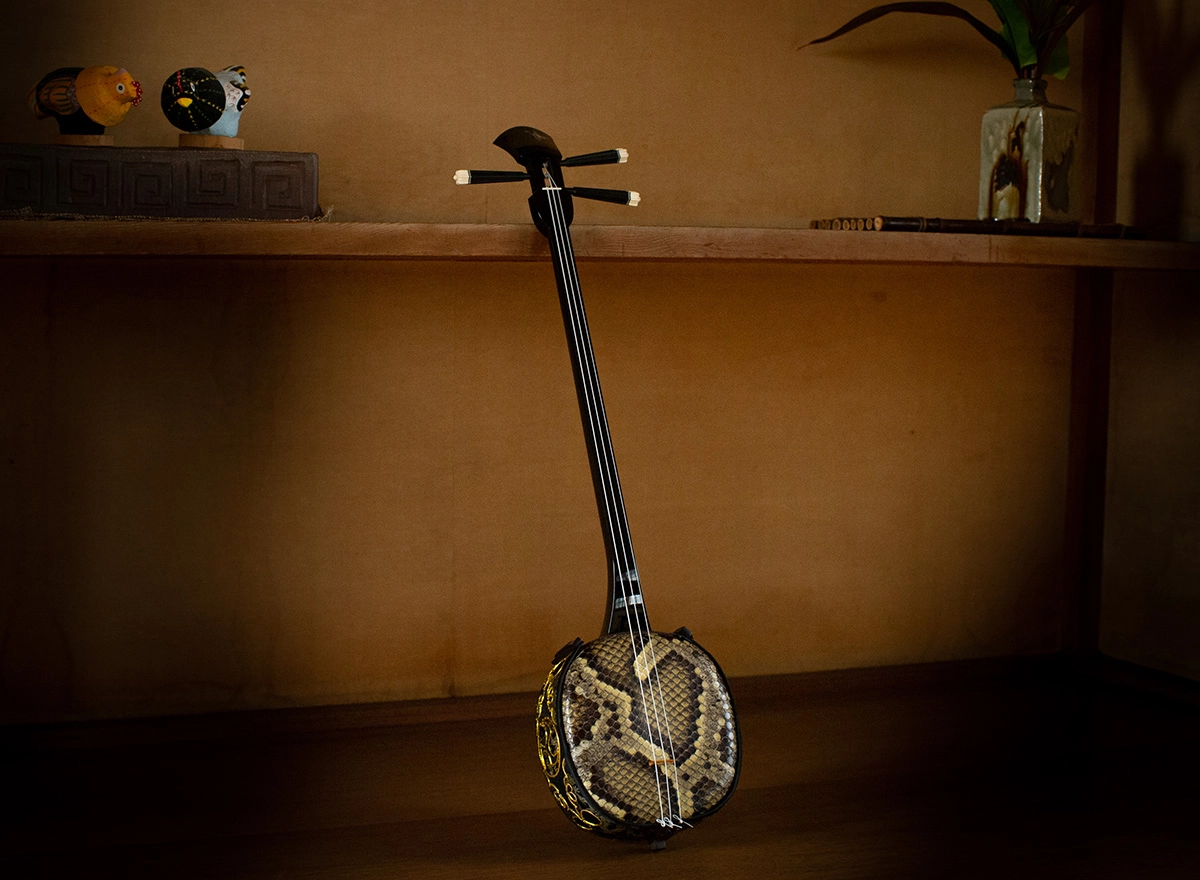
The sanshin is a three-stringed, banjo-like instrument covered in snake skin. The precursor to the sanshin, known as sanxian, is believed to have been brought to the Ryukyu Kingdom from China in the late 14th century. By the 17th century, it was formally adopted as a court instrument, with skilled craftsmen being trained under the royal government, marking its unique development in Okinawa.
The instrument is crafted using hard woods like ebony and rosewood, with the resonating body covered by specially treated snake skin. This craftsmanship produces the distinctive sound that defines the sanshin. The instrument plays an essential role in traditional performances like Kumiodori (Okinawan musical theater), Ryukyuan operas, and folk music. Moreover, it has been incorporated into pop music and modern genres, with its simple, warm tone continuing to captivate audiences.
In the past, owning a snake-skinned sanshin was considered a symbol of wealth. Today, they are still displayed in homes or carefully preserved in ornate boxes, treated as treasured pieces of art and craftsmanship.
Ryukyu lacquerware
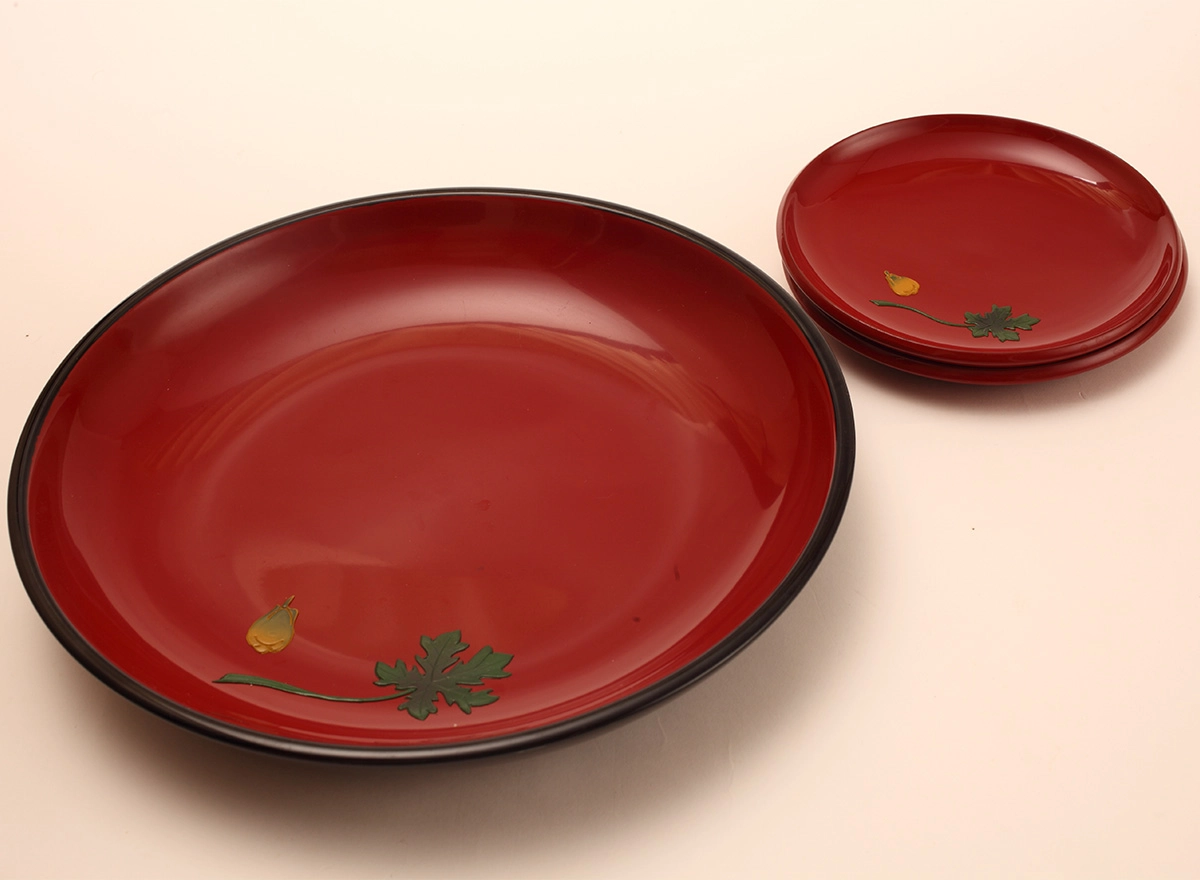
Ryukyu lacquerware is a unique craft that evolved during the Ryukyu Kingdom era, with techniques introduced from China. Okinawa proved to be an ideal place for lacquerware production—local hardwoods, which resist warping and cracking, provided a stable, reliable base, while strong sunlight helped bring out the rich, vibrant colors of the lacquer. In addition to its practical qualities, Ryukyu lacquerware is known for its distinctive decorative style, often featuring raised or incised motifs.
The royal government during the Ryukyu Kingdom era recognized the importance of lacquerware production as a valuable craft and established a specialized office to oversee production. Lacquerware was crafted for diplomatic exchanges, serving as tribute gifts in trade with other countries. It also played an important role in court ceremonies, rituals, and in hosting distinguished guests, where it is said to have been used to serve royal cuisine. Additionally, lacquerware was an essential part of religious ceremonies, making it indispensable in sacred rituals.
Even after the dissolution of the Ryukyu Kingdom in 1879, its techniques were preserved by private workshops, allowing the tradition to thrive today. It became more widely used as souvenirs, daily items, in high-end Okinawan restaurants, and as part of ancestral worship in Okinawan households.






















 Facebook
Facebook Twitter
Twitter Copy URL
Copy URL


